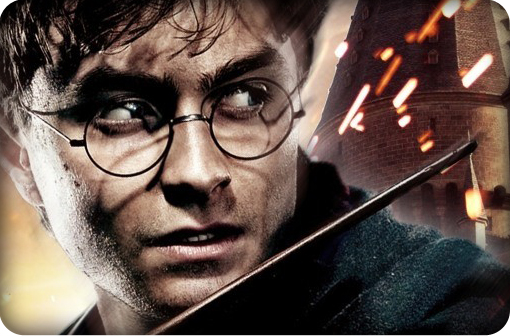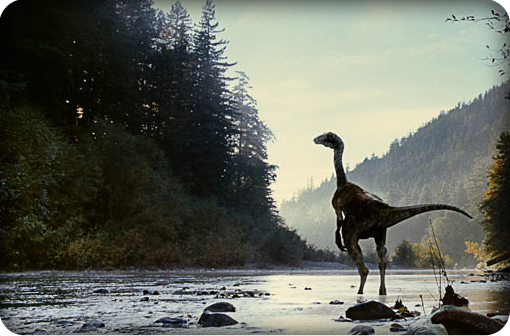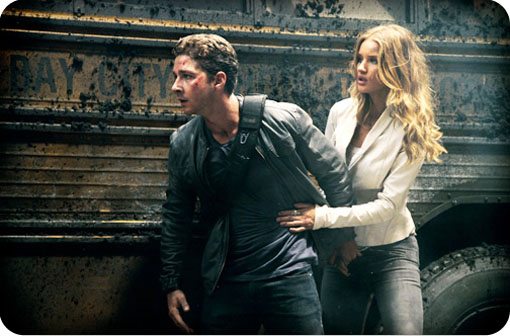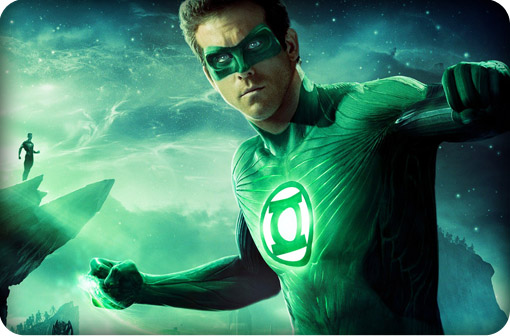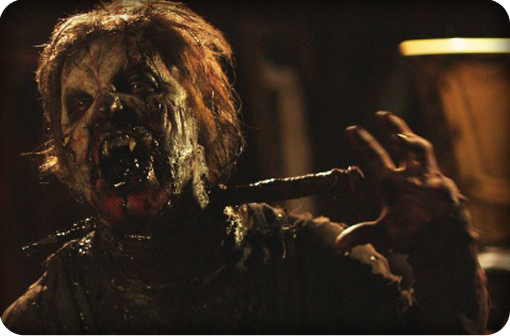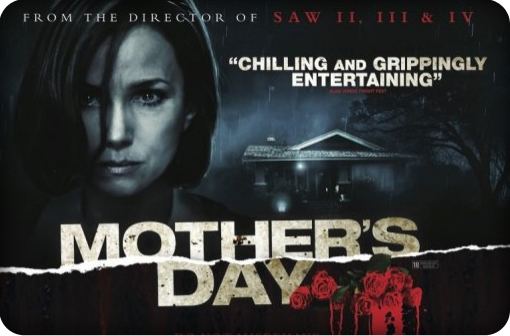Produced by Chris Lane. Written & directed by Joe O’Byrne
Ken Loach style kitchen sink realism meets Martin Scorcese’s more elevated archetypal storytelling, in this latest tale from the fictional Paradise Heights estate. Writer and actor O’Byrne (who also plays the pivotal role of enigmatic loan shark, Frank Morgan) has created a chillingly believable world not a million miles away from the mean streets of Salford and his home town of Bolton. But forget any comparisons with the cosy old world view of Coronation Street, or even the plastic scallies of Shameless; here is a place where the dead impinge on the living, and surviving is something to be mightily proud of.
Joe O’Byrne has written several previous stage plays and films utilising characters from Paradise Heights, and now we have the latest installment, The Watcher. On a shoestring budget, this is a supreme example of what can be acheived when one has a cracking script, a dedicated team of first rate actors, a dynamic director, and a will of iron.
It’s Halloween and Polish taxi driver Marek (Ian Curley) trawls the desolate streets of the Paradise Heights housing estate looking for fares. With the Police having issued warnings about marauding gangs of mask-wearing youths, local residents cower behind their front doors. Freak atmospheric conditions are affecting radio communications, further enhancing Marek’s feelings of isolation and dread. With a stunningly hypnotic and unsettling music score by Barry Thompson, we are firmly in John Carpenter territory here, with more than a nod to the classic Halloween, and the flawed Escape From New York. Colin Warhurst’s photography gives a slick sheen to everything, and there’s some beautifully lit scenes, with night-time aerial shots of the estate adding a dream-like quality to the story. Everyone is on edge, and everyone is watching. Marek’s looking out for business, and a small girl and her mother are peering out at the dead streets and dreading the return of ‘the man’. That man is Frank Morgan, the type of man you wish you’d never heard of. O’Byrne is a master at structure and pace, and keeps the viewer in suspense right up until the very end. Character information is drip fed, and the palpable sense of tension is expertly cranked up to disturbing levels. When, halfway through the film, O’Byrne himself appears from the shadows as the grim-faced Morgan, we are left in no doubt that here is a man with a past, and a very uncertain future. Indeed, he could well be a dead man walking; as could many of the characters in this film. Firmly anchored in everyday realism, The Watcher has supernatural overtones, and a brilliant atmosphere oozes from the screen, threatening to shred one’s nerves to pieces.
The cast are uniformly excellent. Ian Curley is a class act, and gives an unselfish and understated performance as the hapless Marek. As with all O’Byrne’s characters, we get the feeling that this man has a wealth of stories to tell, and this is merely one of them. There is a fabulous turn from David Edward-Robertson as Danny, an embittered ex fireman nursing an intense hatred of Frank Morgan, and O’Byrne himself plays Morgan with lashings of steely-eyed charm that the likes of Jason Statham would kill to have an ounce of.
The Watcher is a perfectly formed gem of a film and deserves a much wider audience. This is where the real heart of British film-making beats loud and strong. Forget the mainstream trash clogging up screen after screen at the local multiplex, and do yourself a big favour. Who watches The Watcher? Everybody should!
THE WATCHER will be available to view online in the next month.
(For more information on The Watcher and Joe O’Byrne’s Paradise Heights, take a look at the blog here: http://lowtalesfromtheheights.blogspot.com/)

